Maradona’s hand of God
The quarter-final match of the 1986 Fifa World Cup witnessed two of the most famous goals in the history of football. One was dubbed ‘the goal of the century’ but it is the other that became the more iconic image.
Shortly after the second half started, Diego Maradona made a dart towards England’s box. After playing the ball to a teammate, a fortunate ricochet popped the ball up behind the defence, and into Maradona’s continued line of run. Out jumping the 6ft 1 Peter Shilton in goal, the 5ft 4 forward knocked the ball with his left hand raised to his head, sending it across the line.
After the game, Maradona said he scored the goal “A little with the head of Maradona and a little with the hand of God”.
Tommie Smith and John Carlos’s salute
On October 16, 1968, Tommie Smith won the Olympic 200-metre race in Mexico City with a world-record time of 19.83 seconds. His fellow American John Carlos came third, with Australia’s Peter Norman splitting the two in second.
As the three stood on the podium to collect their medals and The Star-Spangled Banner began to ring out around the stadium, Smith and Carlos turned to face their country’s flag, and both raised a black-gloved fist above their heads, keeping them there until the anthem was done.
The gesture was known as a black power salute, although Smith said afterwards it was not for black power, but a human rights salute. Both Americans stood on the podium shoeless, wearing black socks to represent black poverty. Smith wore a black scarf, and Carlos had unzipped his tracksuit in support of blue collar workers. The moment was one of the most overtly political statements in the history of sport, and the image is still as powerful today as it was back then.
Jesse Owens wins in nazi Germany
James ‘Jesse’ Owens is one of the greatest athletes to have ever competed at an Olympic Games, and it just so happened that his games were in Berlin in 1936 - a time when Adolf Hitler was giving birth to his belief of Aryan supremacy.
Owens won four gold medals at the Games, rubbishing Hitler’s notion that ethnic Africans were inferior. Hitler did not appear at the 100 metre medal ceremony - where Owens was awarded his gold medal amid Nazi salutes from those surrounding him - which the world’s media interpreted as a snub to the American sprinter.
However, Owens claimed afterwards that he had shaken hands with the German leader out of sight of the media’s eye, and that he felt the newspapers of the day reported unfairly on Hitler.
Nelson Mandela’s South Africa win the Rugby World Cup
The 1995 Rugby World Cup was the first major sporting event to take place in South Africa following the end of apartheid. Host country South Africa faced the favourites New Zealand in the final in Johannesburg on 24 June, five and a half years after Nelson Mandela had been freed from his 27-year incarceration.
The home side upset the All Blacks, winning by 15 - 12, but it was what happened afterwards that has become an iconic image. Nelson Mandela - then president of course - wearing a Springboks jersey and cap, presented the trophy to South Africa’s captain Francois Pienaar, in a warm embrace. The powerful moment, and the weeks leadings up to it, inspired the Hollywood film Invictus.
Mandela had appeared in South Africa’s changing room before the game to give an unexpected speech to the players. It was as he turned and left the room, that Pienaar saw he was wearing the number ’7′ on the back of his jersey - the captain’s number.
Roger Bannister’s sub-four-minute mile
The first man to run a sub-four-minute mile, Roger Bannister made history on 6 May, 1954, at Iffley Road Track in Oxford, England.
He didn’t take the lead until his kick with 275 yards to go, but stormed away from the pack and crossed the finish line in 3 minutes and 59.4 seconds. The image of the breathless, exhausted Bannister has become a cult photo.
Usain Bolt in Beijing
Statistically proven as the fastest person of all time, Usain Bolt has been at the centre of iconic sport images since he landed on the world athletics scene. He is the reigning Olympic champion in both the 100 metres and 200 metres events as well as the 4×100 metres relay; he was the first man to achieve a ‘double double’ by winning the 100m and 200m at consecutive Olympics; he is the first man to win six Olympic gold medals in sprinting; and is an eight-time World champion.
But it was the Beijing Olympics in 2008 when Bolt relay grabbed the world’s attention. After playing it cool in the starting blocks with a super-relaxed demeanour, Bolt won the 100 metres race easily, celebrating before he crossed the line in a new world record time of 9.68 seconds.
The dirtiest race in history
The men’s 100 metres final at the Seoul Olympics in 1988 is remembered for all the wrong reasons. Ben Johnson won the race in a world record time of 9.79 seconds, but later had his medal rescinded after failing a drugs test.
Johnson claimed he doped in order to keep level with his fellow sprinters who, according to him, were all taking performance-enhacing drugs. Unfortunately he was proved right, with six of the eight finalists implicated in drug scandals of varying degrees in the years after the Seoul games.
Flintoff to Lee
“I was taught as a kid always respect the opposition first and celebrate after, which I did.” Those were the words from Freddie Flintoff recently when he explained the moment the cricketing world praised him for his good sportsmanship, and a very soft human side.
The colossal second test of the Ashes in 2005 went down to the wire, with England pipping the Aussies by just two runs at Edgbaston. Bret Lee had batted heroically for the visitors, taking them from sure defeat to a real chance of victory, before he was caught behind off a bouncer from Steve Harmison.
But as Lee’s wicket fell and England’s players erupted, Flintoff went over to his adversary and offered a hand of consolation. It’s been said since that Harmison actually went to Lee first, but the cameras only caught Flintoff’s gesture.
Michael Jordan’s flu game
For powerful images of Michael Jordan, you could pick any. Any one of his huge dunks; his clutch three pointers; his match-winning shots. But the image of him after Game 5 of the NBA finals on 11 June 1997 is probably his most iconic picture.
Despite struggling with flu-like symptoms - some rumours questioned whether he had actually been poisoned - Jordan scored an epic 38 points against Utah Jazz, sending his team the Chicago Bulls through to the next round. As the game ended, Jordan had to lean heavily on teammate Scottie Pippen just to get off the court.
Ali over Liston
If Muhammed Ali’s words could have been pictures, he may have filled this list all on his own. One of the most famous sportsman of all time, Ali shook the world at the Rumble in the Jungle, and came out victor in the greatest boxing match of all time.
But it was a different fight that produced this powerful image. While he was still known as Cassius Clay, Ali knocked down Sonny Liston in the first minute of the first round, in the rematch of a fight Ali had won the year before.
As epic as the photo is, it is also powerful for the rumours it is associated with. Many considered the bout had been fixed, with even the FBI investigating the case.
Do you agree with our 10 most powerful images in sport? Let us know below which ones you think should have made the list.








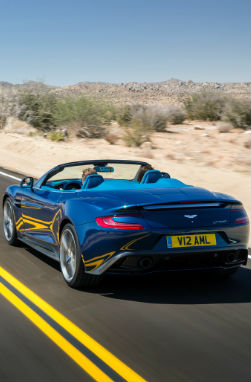
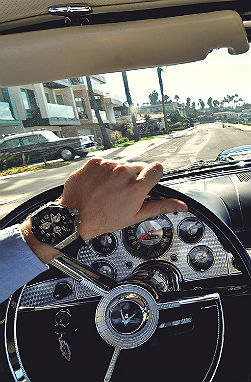





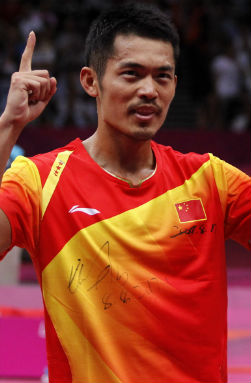
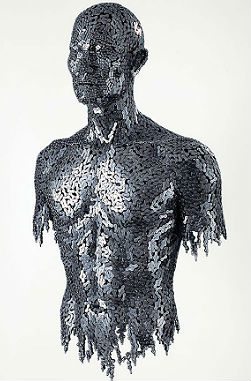
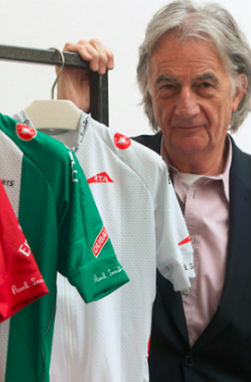






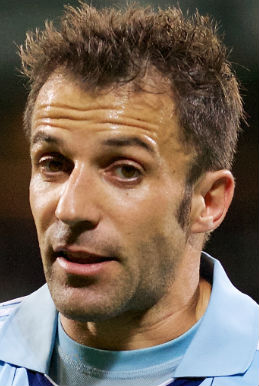
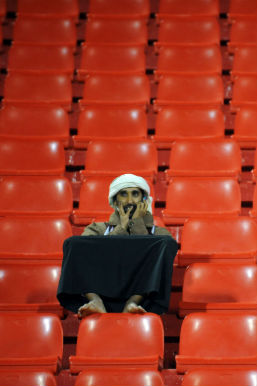
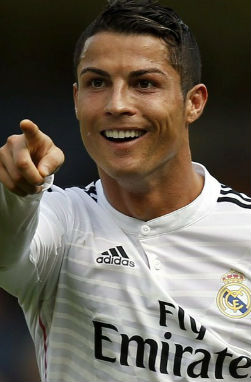

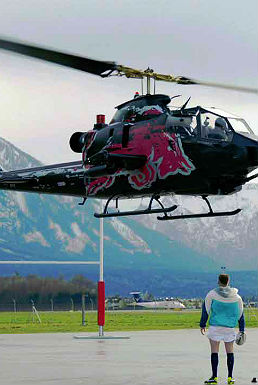



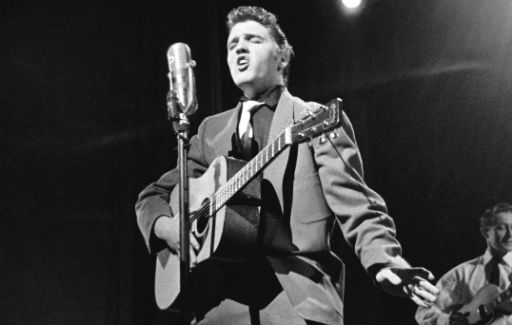



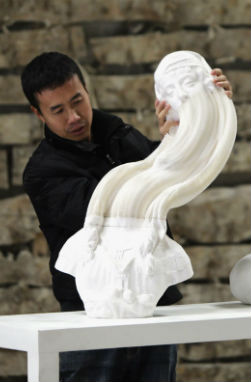


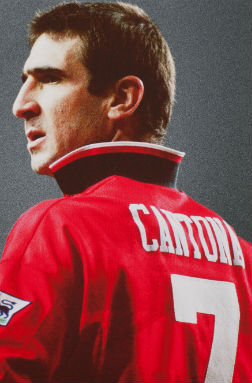



SHARES
Comments